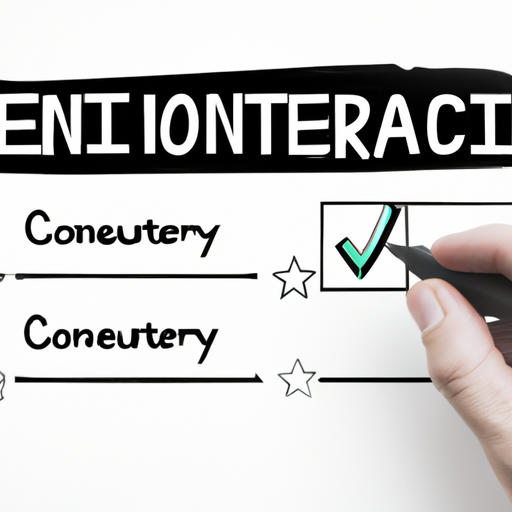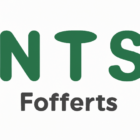In today’s digital landscape, where information spreads like wildfire, ensuring content authenticity has become more critical than ever. Misinformation can easily influence public opinion and erode trust in reputable sources. Therefore, content authenticity verification has emerged as a vital process to discern genuine content from misleading information.
What is Content Authenticity?
Content authenticity refers to the assurance that the information presented is accurate, truthful, and originates from a legitimate source. As online platforms continue to proliferate, the risk of encountering misinformation increases. Verifying content authenticity is essential in preserving the integrity of information shared in various contexts, including news articles, social media posts, and academic research.
The Challenges of Misinformation
The rapid dissemination of online content often leads to challenges such as:
- Fake news: False narratives can gain traction quickly, influencing opinions and behavior.
- Deepfakes: Manipulated media can deceive audiences into believing something that never happened.
- Biased reporting: Selective information can misguide readers, leading to polarization.
The Role of Content Authenticity Verification Tools
To combat these challenges, several tools and strategies can be employed for content authenticity verification, including:
- Fact-checking services: Organizations like Snopes or FactCheck.org analyze the credibility of claims and sources.
- Metadata analysis: Examining the creation date, author information, and source credibility allows users to gauge reliability.
- Digital signatures: Cryptographic verification methods ensure that content has not been tampered with.
- AI-driven tools: Machine learning algorithms can detect anomalies in content that suggest manipulation.
Building Trust in Digital Communications
Establishing a verified content ecosystem is imperative for promoting trust between content creators and consumers. When users can easily verify the authenticity of information, they are more likely to rely on credible sources, leading to a more informed society. Implementing rigorous content verification practices not only protects individuals but also enhances the overall quality of online communications.
Conclusion
In conclusion, the verification of content authenticity is essential in our era of rampant misinformation. By utilizing various authenticity tools and fostering education on distinguishing credible sources, we can work towards building a more accurate and trustworthy online environment. Remember, in the digital age, authenticity matters!
Further Reading
If you’d like to learn more about content authenticity and verification, consider exploring resources from leading fact-checking organizations and technology platforms dedicated to ensuring truthful communication.




